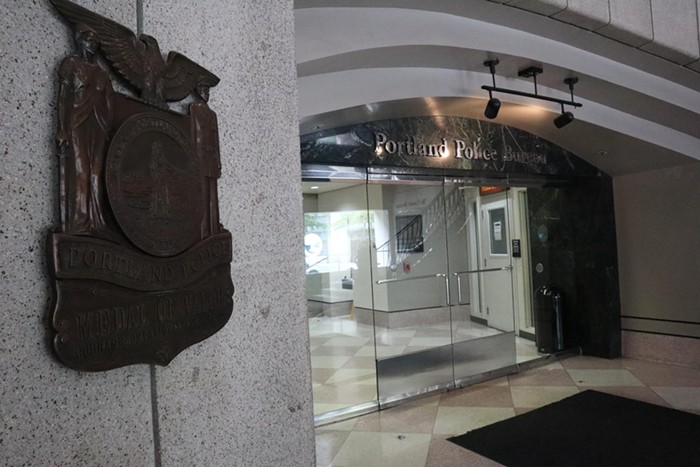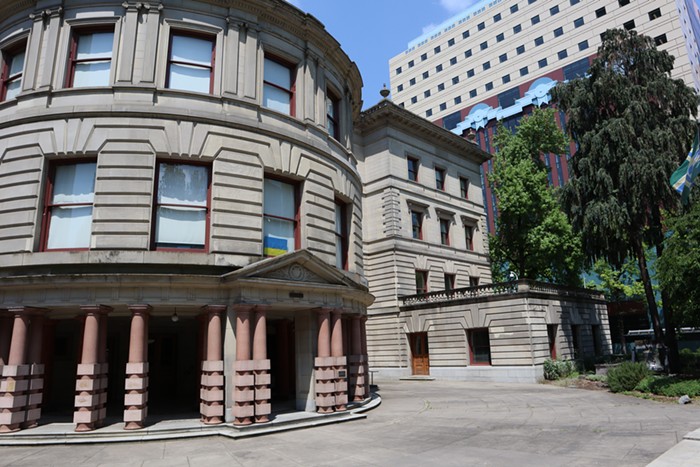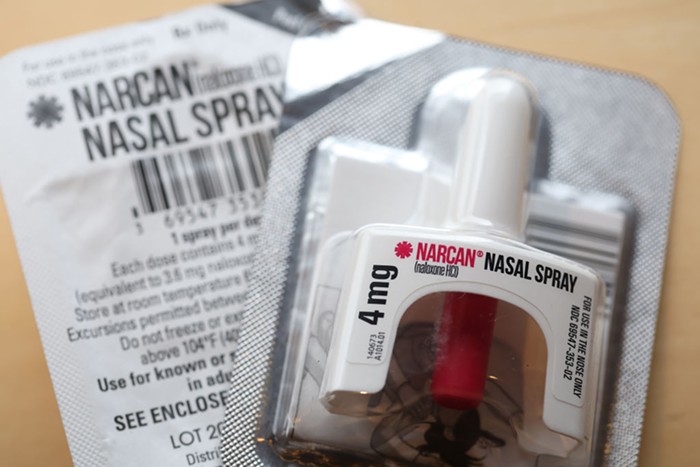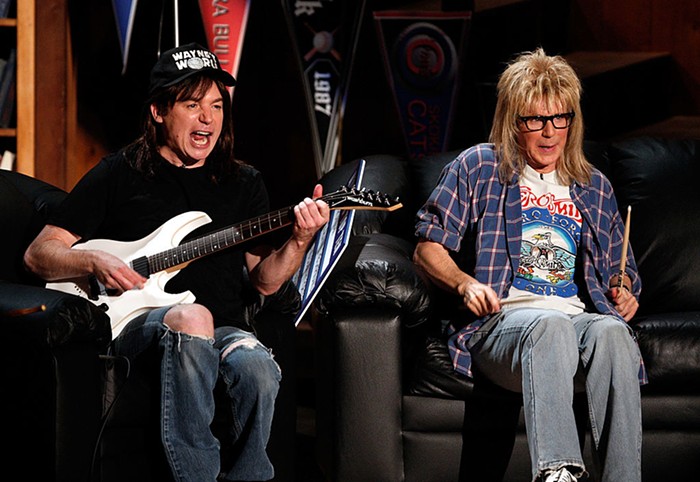IN LATE 2010, Multnomah County bridge engineers were getting close to buying material for a new, better Morrison Bridge.
From four potential providers of a relatively new and promising polymer technology, the county had zeroed in on Martin Marietta Materials out of Raleigh, North Carolina, and took steps toward making a purchase, according to documents obtained by the Mercury.
But an obstruction emerged—one that's ultimately led to litigation and concerns the Morrison Bridge's new deck is coming undone. ZellComp, Inc., a competing supplier, took umbrage with the county's choice, arguing its own products were stronger, lighter, and cheaper. The protestations forced the county to abide by its own bidding process.
"In order to pre-purchase the deck through the county we have to submit a letter to the public confirming that no other manufacturers can produce the product we need," county bridge engineer Ken Huntley wrote in November 2010 to a counterpart at the Oregon Department of Transportation. "ZellComp will challenge this, at which point the county chair will determine we have to open it up for bid. So we have determined that it will be best to not go down that road."
ZellComp, also based in North Carolina, wound up submitting the winning bid, and supplied more than $1.3 million in skid-resistant polymer panels that replaced a cracking and sometimes-slippery steel grating last year. But as the Mercury previously reported ["(Un)Screwed," News, Aug 7], the company's products are now being called into question.
A lawsuit filed last year by Conway Construction, which installed the deck, says ZellComp's product was "defective" and "not appropriate or adequate for the project."
Conway, which purports to be hearing these concerns from the county, says the decking is shifting under vehicles and that screws are coming loose. It wants its money back. The county, too, has indicated it will likely sue, but isn't saying anything about possible litigation—except to make the point that the Morrison Bridge is safe.
ZellComp President Dan Richards, meanwhile, tells the Mercury the company has heard of "minor" issues, but that there's no indication they're ZellComp's fault.
In fact, records suggest the culprit behind all the controversy might be the polymer decking itself, which a county bridge official acknowledges is new and "experimental." It turns out the substance, called fiber-reinforced polymer (FRP), has given the county trouble before.
According to a January 2010 report by Eugene-based OBEC Consulting Engineers, FRP decking installed on the Broadway Bridge in 2005 suffered "reflective cracks and delamination" (essentially, it was coming apart) after installation. And the largely hollow panels were taking on water, adding a lot of weight to balance-sensitive drawbridge spans. The problems were "expected to lead to greater long-term maintenance effort than originally anticipated," the report said.
The supplier for the problematic Broadway Bridge decking: Martin Marietta Materials, the same company county bridge officials had quietly planned to award the Morrison project.
According to Huntley, the bridge engineer, the problems were traced to a non-skid coating applied to the panels in the factory. The county was able to partially correct the problems during installation of streetcar tracks on the bridge—it switched out Martin Marietta's panels with some from ZellComp. Workers also drilled holes in the underside of the panels, allowing water to drain.
"These are experimental products," Huntley says, noting the county contracted with Portland State University to do independent testing of the FRP materials.
"When looking at all things combined, it showed all the signs of being a viable lightweight alternative," Huntley says. "It's a matter of weighing the pros and cons of each system."



















